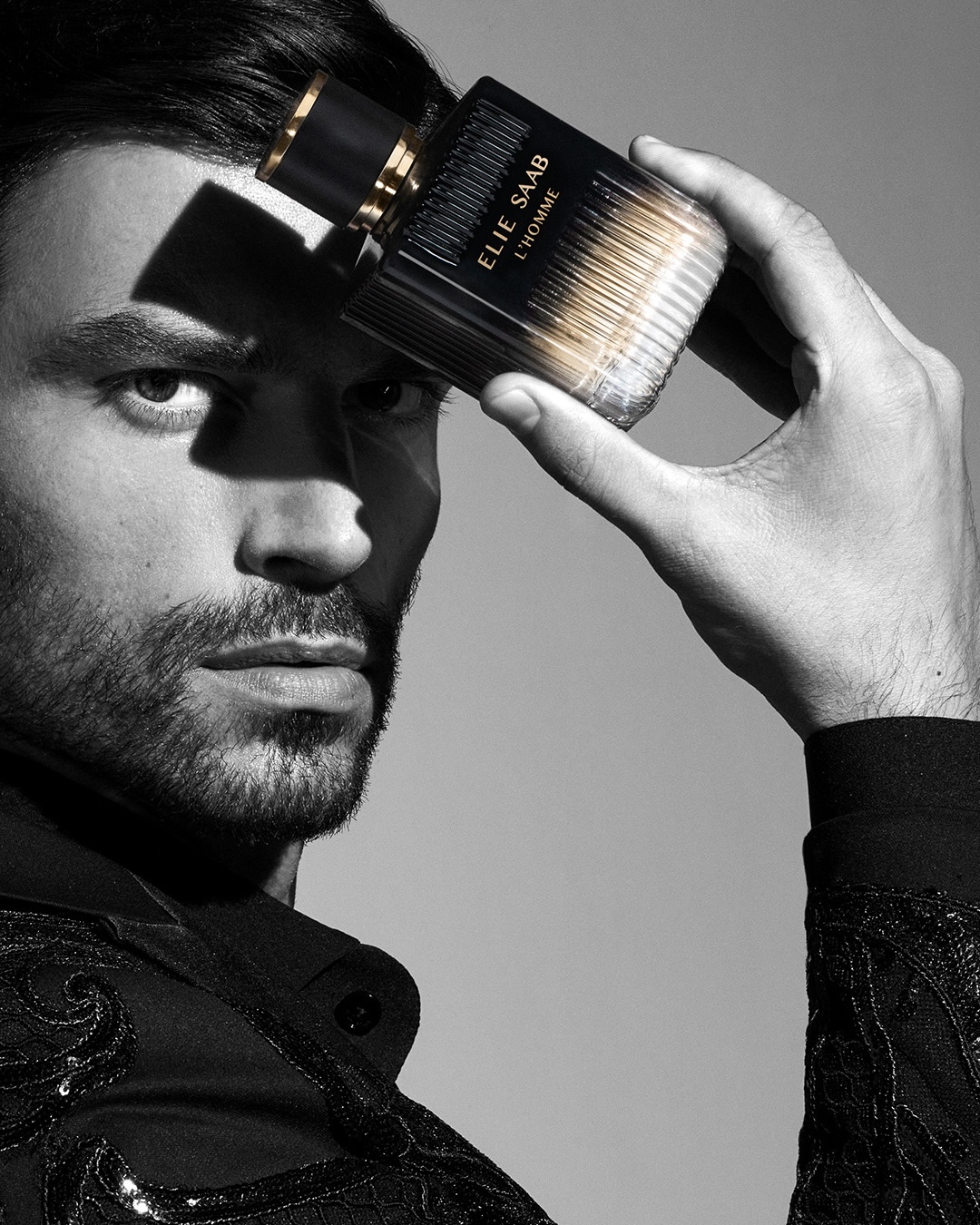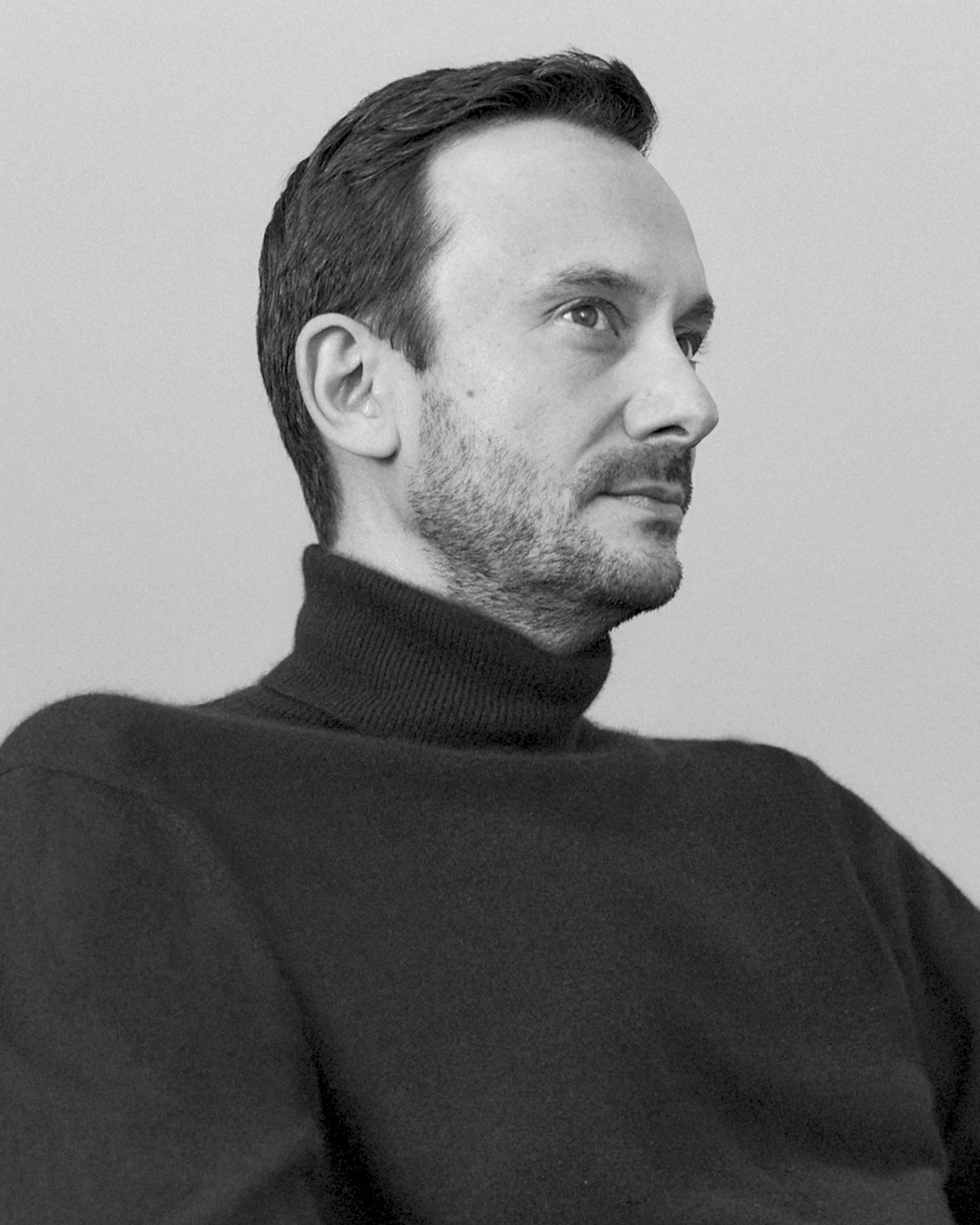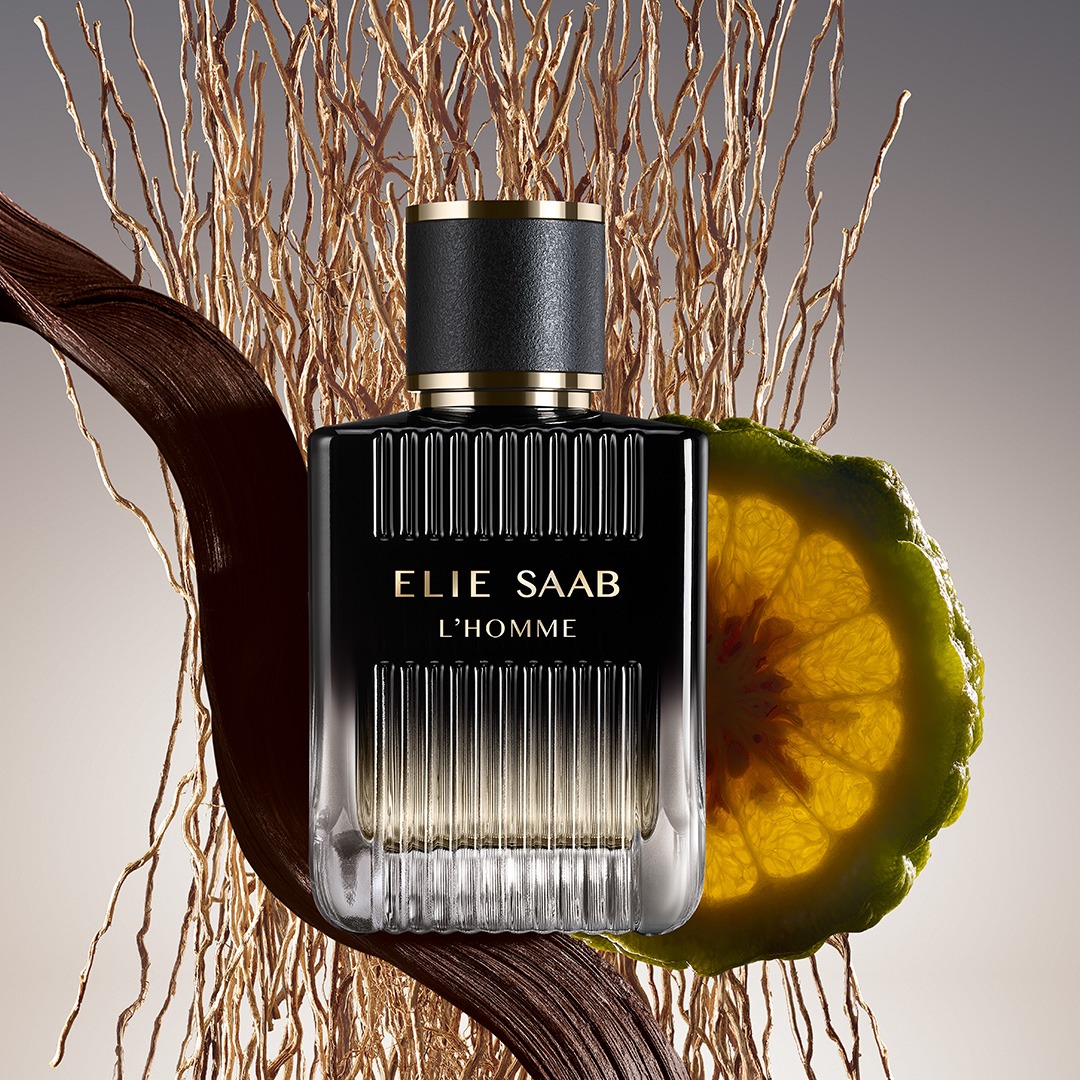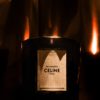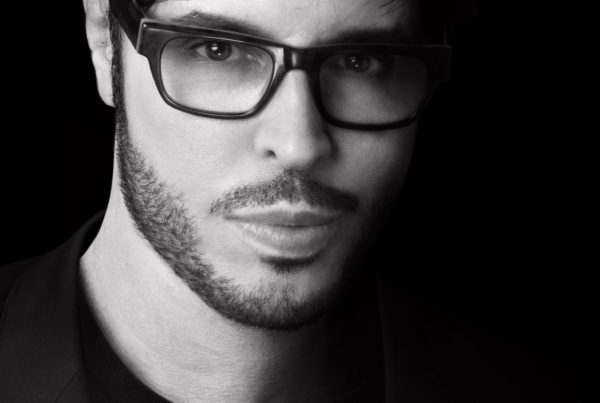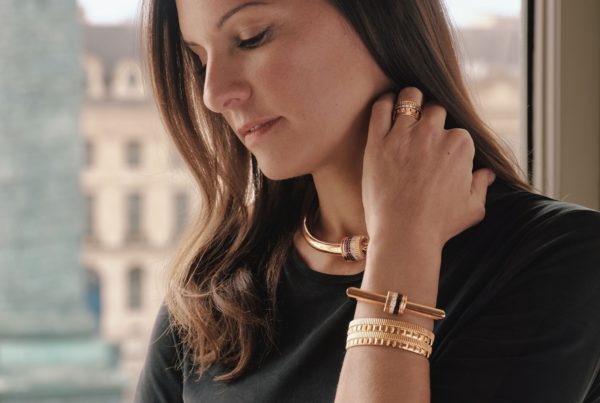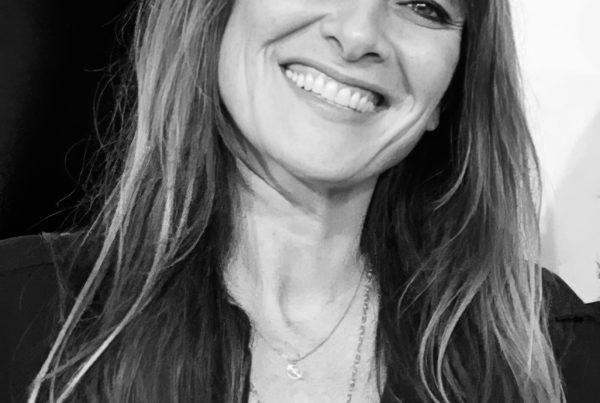L’Homme, Elie Saab’s first fragrance for men by Pierre Guéros
In spring 2025, a first fragrance for men, simply called ‘L’Homme’, was launched by Elie Saab, which until then had only created fragrances for women. Interview with Pierre Guéros, the perfumer who created it. Valérie Donchez
Perfumer Pierre Guéros, creator of L’Homme, Elie Saab’s first fragrance for men ©Symrise
Since Elie Saab handed over the reins of his house to his son Elie Saab Jr, the company has continued to grow. With his ready-to-wear and couture collections, the Lebanese couturier has been dressing princesses around the world for decades and, for the past few seasons, has also been offering tailor-made looks for men. He has added interior design and the construction of a hotel in the Swiss Alps to his repertoire. And finally, this spring, a first men’s fragrance, simply titled ‘L’Homme’, was launched by the house, which until now had only produced fragrances for women.
L’Homme, created by perfumer Guéros, is intended to be the fragrance of a modern-day prince whose mysterious personality oscillates between light and shadow, an addiction for those who love vetiver. The vetiver used by the perfumer is of the finest quality, sourced directly from Symrise’s plantations in Madagascar. Although its woody, aromatic notes may seem a little conventional at first, you will quickly find yourself succumbing to this masculine fragrance that glides like velvet. Among the notes that make us swoon are pink peppercorns, which can be associated with a burst of freshness and bring an incredible texture, close to velvet. ‘I used a very fine quality of pink peppercorns,’ Guéros confides, ‘and a little secret: a very fine pepper from Madagascar by Lautier 1795, which gives it a floral side.’
The result? A very balanced masculinity. At first glance, it appears to be a classic, but it quickly blurs the lines of expected masculine codes. In the elegance of its trail, we find a freshness and a spirit of freedom that is slightly irreverent. The Orient is subtly present.
Aleksa Gavrilovic, the face of the fragrance L’Homme Elie Saab ©Elie Saab
INTERVIEW
How does L’Homme differ from other annual men’s fragrances?
Pierre Guéros: What was very interesting and at the same time a bit challenging in the creation of L’Homme was successfully translating the identity of the Elie Saab fashion house, whose aesthetic universe is centred on women, into a fragrance. At Elie Saab, we remain in the realm of the exceptional, with dresses for evenings, events and prestigious occasions, and L’Homme also had to convey this identity through scent.
How did the meeting between the couturier and you, the perfumer, go?
In my career, apart from Carolina Herrera, I haven’t often had the opportunity to work directly with fashion designers when they want to create a fragrance. When I approached L’Homme, I was pleasantly surprised to find that Mr Elie Saab and his son were very involved in the development of their brand’s fragrances. The first session with Elie Saab was extraordinary. He gave me the keys He gave me the keys to what made up the spirit of his fashion: shadow, light, a certain demand in tailoring. He also wanted to emphasise the idea of creating couture that is universal, even though there is a very slight reference to the Middle East in his creations, as he is Lebanese.
Is vetiver the key ingredient in the greatest men’s classics?
I wanted to create a fragrance for a modern prince that would be a success in all regions of the world. To do this, I chose to use an ingredient from the brand’s first women’s fragrance that is dear to Mr. Saab: vetiver. This vetiver is very interesting because it resonates with my personal tastes. At Symrise, the company I work for, we have been developing a programme on vetiver from Madagascar for a very long time. It has specific fractions and comes from a specific terroir. I used this unique vetiver as the backbone of the fragrance. It is a truly sophisticated raw material. It is a wood, but it does not place the fragrance directly in an olfactory family, as patchouli might do.
L’Homme Elie Saab has leathery and spicy notes. Peppery notes and bergamot add freshness. The bottom notes feature amber accords, patchouli and vetiver.
It is surprisingly powerful yet very balanced. How did you work with it?
We worked a lot technically in the last few weeks on the power, on the blooming. We faceted the power after meeting the perfume’s muse, Aleksa Gavrilovic. His virility inspired me. I wanted the masculinity of this fragrance to also be projected through its power.
However, not all aspects of masculinity are taken to extremes.
Indeed. To begin with, L’Homme is not a fern in the strict sense of the word. The formula does not contain ‘Dihydromyrcenol’, for example, nor any purely aromatic notes. Creating a fragrance that revolves around wood allows for a higher-end overall structure, giving an impression of richness. Of course, we used aromatic notes to make the fragrance identifiable as masculine. It has leathery notes and spicy notes. The peppery top notes bring freshness to the fragrance, along with bergamot. They replace the freshness signals found in more aromatic creations on the market. The base notes feature amber accords and even a hint of patchouli, which enhance the earthy and powerful side of vetiver, making it almost smoky.
Is this your way of balancing a fragrance?
That’s what I like to do when I design fragrances. I love working on perfumes that are a little abstract. I also think that to create beautiful fragrances that are meant to be universal, in the sense that they are balanced and multifaceted, you have to use raw materials that allow people to project themselves. This is something quite noble in perfumery. You can combine boldness and creativity while keeping in mind the desire to create a fragrance that will be appreciated by many people.
What does olfactory excellence mean to you?
I think olfactory standards are essential for a fragrance to last and become a classic for the brand. It’s something you can never predict, but it’s the technique that serves the rest. The technique must always be flawless to support the marketing.
What is the biggest challenge with perfume?

